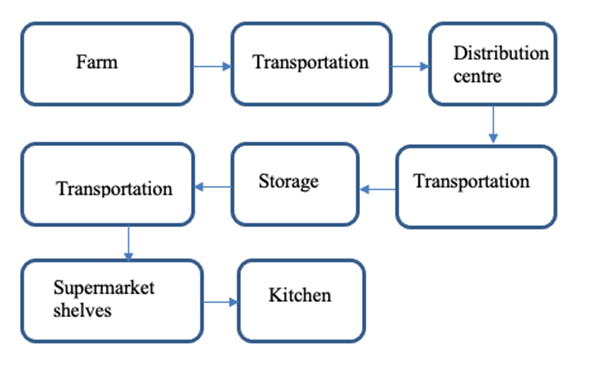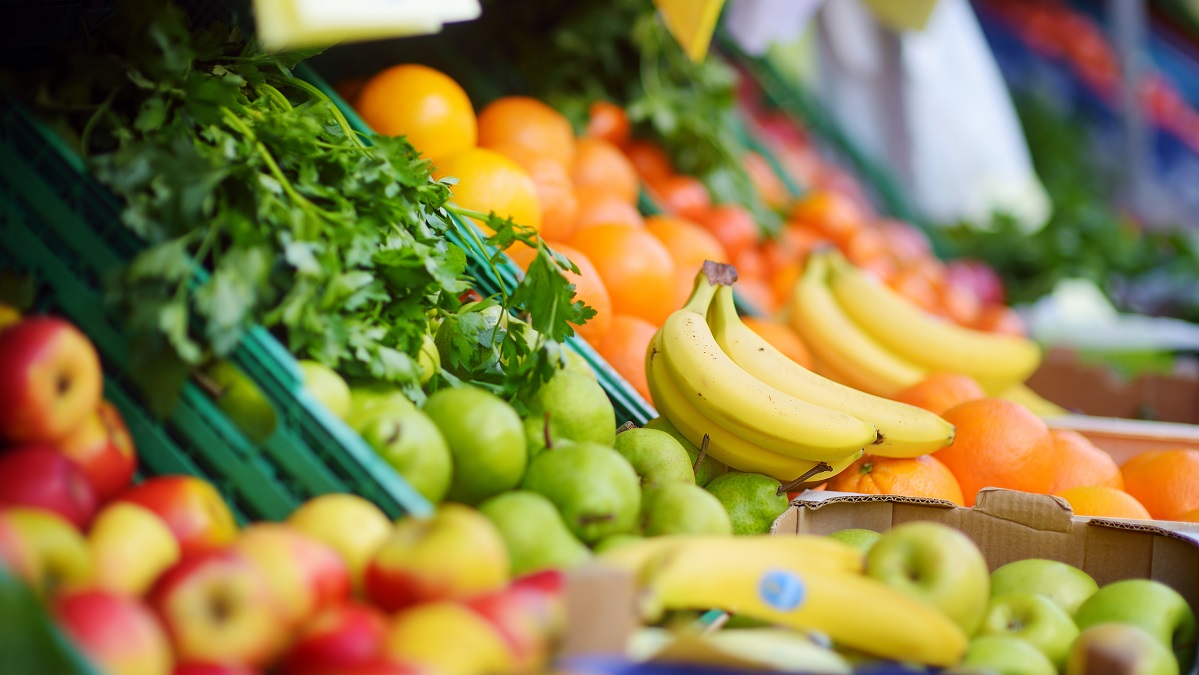Buying fresh produce is not how it used to be. Going to the greengrocer or farmers’ market and spending time choosing your fruit and vegies for the week was an art.
You knew what you were looking for – seeking out item according to their ideal weight, colour, size and smell and you were rewarded for your hard work by the phenomenal taste.
Eating local, in-season produce is a lovely notion, and while it was once the natural way of things, it now seems to be a trend.
There are plenty of stories of people avoiding fresh produce in the supermarket and choosing local grocers, delivery boxes or farmers’ markets instead.
For some, there are ethical reasons; for others, it’s about taste.
While supermarket-bought produce may be convenient and looks perfect, the taste can be lacklustre.
There’s nothing more disappointing than a sour mango or a bland, fluffy apple picked up from a big supermarket chain.
But why has it gone downhill?
The supermarket supply chain
The structure of our food supply has changed dramatically over the years. Instead of farm to farmers’ market to kitchen, it now looks a lot more like this:

The need for large-scale industrial farming practices rose in line with the demand for fresh produce and there’s now quite a delay from the time produce is harvested to the time it’s on your plate.
To deal with this delay, and to lessen the chance of items being bruised in transit, crops are often picked long before they are ripe.
When the fruit and vegies reach the distribution centres, they are either put in hibernation mode for extended storage or in ripening mode to get the produce to supermarket standard.
Artificially manipulating the natural growing and ripening process can result in food that looks beautiful but doesn’t have the accompanying taste.
Sometimes, crops such as apples can spend more time in cool rooms than they did on trees.
Do we need to worry?
The science of picking, storing and ripening fruits and vegetables is precise, well researched and monitored. Post-harvest and food safety expert from Sydney University Robyn McConchie says she fully supports the SmartFresh technology that puts fruit to ‘sleep’, and consumers need not worry they are missing out.
“Essentially, some fruit and vegetables can be picked ‘green mature’, put to sleep and then woken up months later and allowed to ripen naturally using food-grade ethylene – a man-made copy of the hormone naturally released in the ripening process. It’s a process that has been safely used for decades,” says Ms McConchie.
There’s not much metabolism happening when the produce is stored so the sugar, starch, vitamin and polyphenol levels all remain similar to when they were first put into storage.
Is produce becoming less nutritious?
A landmark study on the topic from the University of Texas was published n the Journal of the American College of Nutrition.
Nutritional data from both 1950 and 1999 for 43 fruits and vegetables were analysed. The study found “reliable declines” in the amount of protein, calcium, phosphorus, iron, riboflavin (vitamin B2) and vitamin C over that time.
The declining nutritional content was related to agricultural practices designed to improve positive traits such as size, growth rate and pest resistance being put ahead of those improving nutrition.
“Efforts to breed new varieties of crops that provide greater yield, pest resistance and climate adaptability have allowed crops to grow bigger and more rapidly,” reported study author Donald Davis. “But their ability to manufacture or uptake nutrients has not kept pace with their rapid growth.”
Food miles
Farming practices can alter the produce that ends up in your vegie crisper, but how far it has travelled can affect it too. According to dietitian Lauren McGuckin: “The fresher your produce, the best chance of it retaining maximum vitamins and minerals. So, whether you’re shopping in a big supermarket or a small grocer, finding things grown as close to home is a good idea.
“If [the fruits or vegetables] has travelled less of a distance, they’re going to get to stores a lot sooner and their nutritional value is going to hold itself a lot better than something that’s come from, say, California, which has probably been in cold storage and taken weeks to get here,” Ms McGuckin says.
“If you can buy local, it means it’s travelled less and it’s likely much fresher, and therefore the nutrients are at their optimum levels. “
Vitamin C is particularly sensitive to ageing and reduces in potency the longer the produce is off the tree or out of the ground.
If you leave something like leafy greens, which are high in vitamin C when you harvest them, in the fridge for a couple of days or a week, the vitamin C levels drop.
Do you think the taste of fruit and vegies has declined? Why not share your thoughts in the comments section below?
Also read: Keep your produce fresher for longer


Grow your own! A lot of space is not needed; eg pots, multi level planters, hanging pots etc. on balconies.
If you are in a villa with a small garden plant vegetables in between your bushes and flowers.
If you are lucky to have a backyard and front yard then put aside a portion to grown your own.
There is nothing like picking your own veges and fruits from your own garden, with no chemicals used on them.